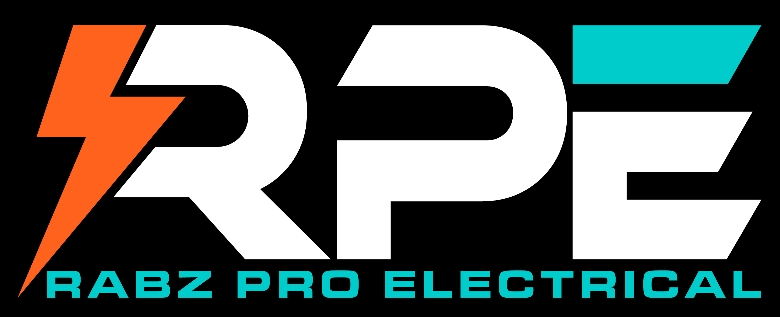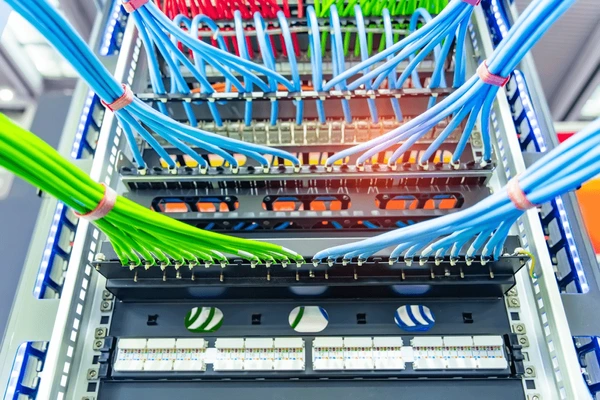Electrical Wire Colours & Colour Code for Australia
Electrical wiring is the backbone of any electrical system, ensuring safe and efficient power distribution in homes, businesses, and industrial settings. Understanding electrical wire colour codes in Australia is crucial for electricians, DIY enthusiasts, and homeowners to prevent hazards such as short circuits, electrocution, and system failures.
In this guide, we’ll explore the electrical wiring colours used in Australia, their meanings, safety standards, and best practices. Whether you’re wiring a new house, fixing a power plug, or handling 3-phase wiring, this article will provide you with everything you need to know.
Why Electrical Wire Colours Matter in Australia
Electrical wire colours serve a vital function in identifying live, neutral, and earth wires, reducing the risk of incorrect connections that can lead to dangerous situations. Different countries follow different wiring colour standards, so it’s essential to understand the Australian electrical wiring colour code to ensure compliance with national safety regulations.
Australia follows AS/NZS 3000:2018, also known as the Wiring Rules, which standardize wire colours for single-phase and three-phase systems. These regulations align with international standards but have key differences from wiring codes in the UK, USA, or Europe.
Electrical Wire Colours in Australia (Current Standards)
1. Single-Phase Wiring Colour Code
Single-phase wiring is the most common electrical configuration found in Australian homes and small businesses. It consists of three main wires:
| Wire Function | Wire Colour (Current Standard) |
|---|---|
| Live (Active) Wire | Brown |
| Neutral Wire | Blue |
| Earth (Ground) Wire | Green/Yellow |
- Live Wire (Brown): This carries the current from the power source to appliances. It was previously red before Australian standards changed in 2000.
- Neutral Wire (Blue): This wire completes the circuit by carrying current back to the power source. It was previously black before the colour change.
- Earth Wire (Green/Yellow): This wire provides a safety path for fault currents and helps prevent electric shocks.
2. Three-Phase Wiring Colour Code (Australia)
Three-phase electrical systems are typically used in commercial, industrial, and heavy-duty applications, providing more stable and efficient power distribution. The colour coding for 3-phase electrical wiring in Australia is as follows:
| Wire Function | Wire Colour (Current Standard) |
|---|---|
| Phase 1 (L1) | Brown |
| Phase 2 (L2) | Black |
| Phase 3 (L3) | Grey |
| Neutral Wire | Blue |
| Earth Wire | Green/Yellow |
In older wiring systems, L1 was red, L2 was white, and L3 was blue, but these have been changed to align with international standards.
3. Australian Plug Wiring (AU Plug Wiring)
For electrical appliances and power plugs, the standard Australian power plug wiring follows the same live, neutral, and earth colour codes as single-phase wiring:
- Brown (Live/Active)
- Blue (Neutral)
- Green/Yellow (Earth/Ground)
Incorrectly wiring an Australian power plug can lead to dangerous consequences, so always double-check wire colours before making a connection.
Older Australian Electrical Wiring Colours (Pre-2000 Systems)
Older electrical systems in Australia may still have outdated wiring colours. If you’re working on an older property, it’s important to be aware of the previous colour standards to avoid confusion.
| Wire Function | Old Colour (Pre-2000) | New Colour (Current Standard) |
|---|---|---|
| Live (Active) Wire | Red | Brown |
| Neutral Wire | Black | Blue |
| Earth Wire | Green | Green/Yellow |
⚠️ Warning: If you encounter red and black wiring, you may be dealing with an older electrical installation. Always test wires with a voltage detector before touching them.
Common Wiring Scenarios & Colour Coding in Electrical Wiring
1. Wiring a Light Switch in Australia
- Live (Brown) connects to the switch input terminal (L or COM).
- Switched Live (also Brown) runs from the switch to the light fitting.
- Neutral (Blue) and Earth (Green/Yellow) are connected directly to the light fitting.
2. Wiring a 3-Pin Plug (Australian Plug Wiring)
- Brown (Active/Live) connects to the terminal marked “A” or “L”.
- Blue (Neutral) connects to the terminal marked “N”.
- Green/Yellow (Earth) connects to the terminal marked “E” or “⏚”.
3. Wiring a Power Point (Socket Outlet) in Australia
- Active (Brown) wire connects to the left terminal.
- Neutral (Blue) wire connects to the right terminal.
- Earth (Green/Yellow) wire connects to the center terminal.
Safety Considerations for Electrical Wiring in Australia
- ✅ Always turn off the power at the main switchboard before working on electrical connections.
- ✅ Use a non-contact voltage tester to confirm that wires are not live.
- ✅ If unsure, hire a licensed electrician—DIY electrical work can be illegal and dangerous.
- ✅ Follow AS/NZS 3000:2018 regulations to ensure safe and compliant wiring.
- ✅ Replace old or damaged wiring to prevent electrical fires and hazards.
FAQs: Australian Electrical Wire Colour Codes
1. What is the colour of the neutral wire in Australia?
In modern Australian wiring, the neutral wire is blue. However, in older systems (before 2000), the neutral wire was black.
2. What colour is the live wire in Australia?
The live (active) wire is brown in current standards. In older installations, it was red.
3. Is blue wire positive or negative in Australia?
Blue is the neutral wire, meaning it is neither strictly positive nor negative but completes the circuit by returning current.
4. What are the 3-phase wire colours in Australia?
- Phase 1 (L1): Brown
- Phase 2 (L2): Black
- Phase 3 (L3): Grey
- Neutral: Blue
- Earth: Green/Yellow
5. How to identify old vs. new wiring colours in Australia?
If you find red, black, and green wiring, you are dealing with an older system. If you see brown, blue, and green/yellow, it follows modern standards.
6. What happens if I wire live and neutral incorrectly?
Swapping live and neutral wires can create a serious electrical hazard, causing appliances to remain live even when switched off. Always verify wiring before connecting power.
7. Can I legally do my own electrical wiring in Australia?
In most states, DIY electrical work is illegal unless performed by a licensed electrician. Small tasks like replacing a plug may be allowed, but always check local regulations.
Conclusion
Understanding electrical wire colour codes in Australia is essential for safe and efficient electrical installations. Whether dealing with single-phase, three-phase, or plug wiring, using the correct colours prevents accidents and ensures compliance with AS/NZS 3000:2018 wiring standards.
For complex electrical work, always hire a licensed electrician to guarantee safety and compliance with Australian regulations.
Need expert electrical services? Contact Rabzpro Electrical for professional installations, repairs, and maintenance. Stay safe and wire smart! ⚡🔧

